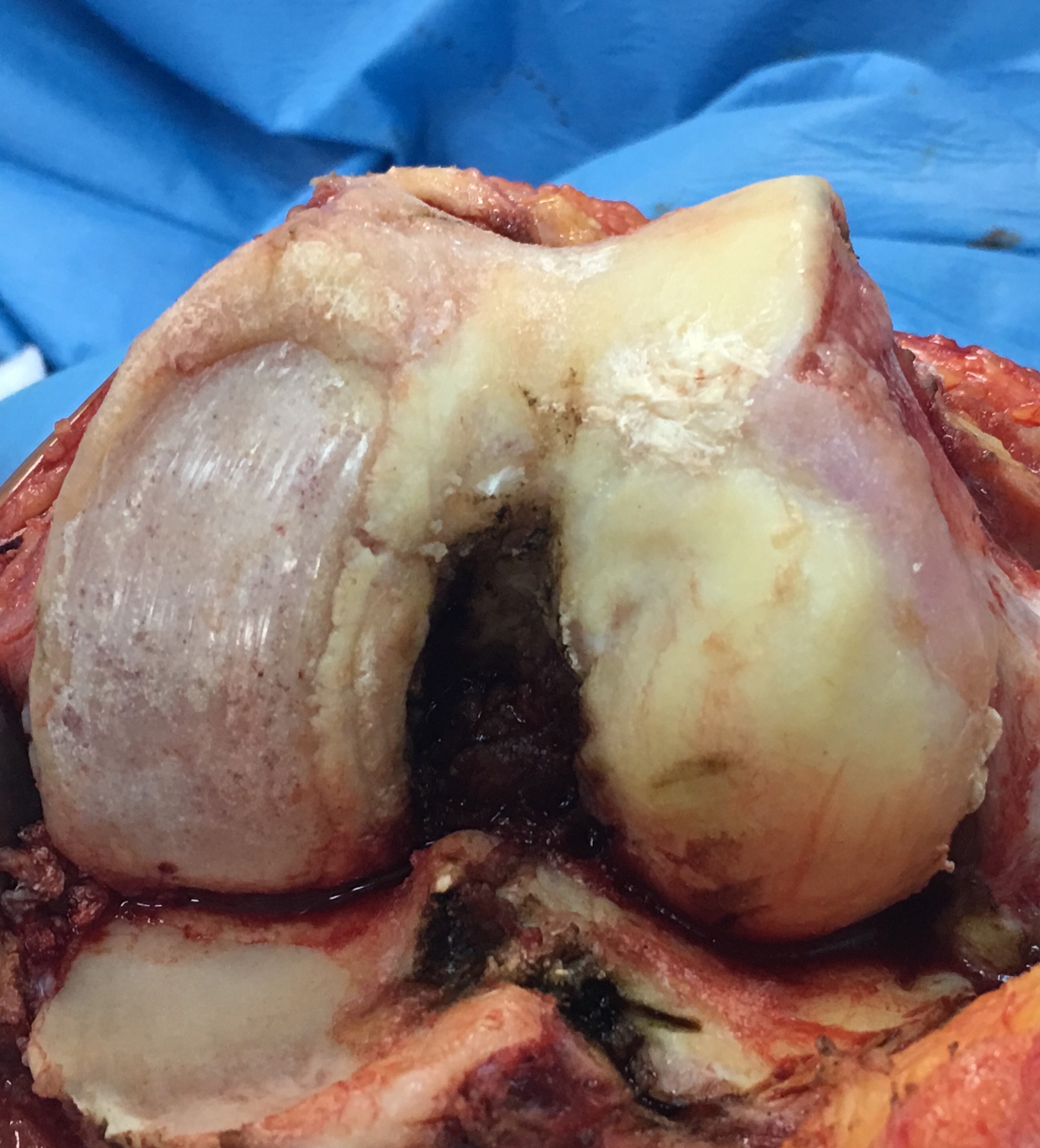WHAT ARE THE REASONS FOR ARTHRITIS? WHO ARE UNDER THE RISK OF HAVING JOINT ARTHRIT?
The most common cause is aging. The joint, which has been used for years with age, got aged; so cartilage is being corroded.
Women are more prone to arthritis than men. In addition to the fact that; cartilage resistance is less in women, as a result of the hormonal effects of menopause, arthritis starts earlier in woman. Excessive weight, genetic factors, extremely heavy working conditions, over-compelling sporting activities are other reasons that cause premature corrosion of the joint. Apart from this, it may cause age-independent joint damage due to causes such as; joint traumas, previous joint surgeries, congenital joint diseases, rheumatic diseases, joint infections and various blood diseases.
WHAT ARE THE SYMPTOMS OF ARTHRITIS?
First of all, when the joint surfaces are rubbed against each other, sounds like crunching start to come out of the joints during movements. In the beginning of the problem, joint pain occurs while standing or walking for a long time, by the time pain gradually increases, even with less activities more pain begins to become. The walking distance is increasingly restricted. Pains in the daytime also disturb in the night. The painful rotations that occur during the year are prolonged, and even after a certain period of time, the pain becomes to continuous form. With increased friction, as a protection mechanism fluid is released into the joint cavity to reduce friction, which is seen by the patient as swelling of the joint. If the swelling increases too much, movement of the joint is restricted. In this case, there are no disadvantageousness on the removal of excess joint fluid. In the case of advanced arthritis, wear develops in the bones after the cartilage is worn, the shape of the joint is deformed, the legs are generally deformed inwards and sometimes outwards.
HOW TO BE DIAGNOSED?
Patients with advanced signs of calcification can only be diagnosed with X-rays. X-ray shows narrowing of the joint space, bone protrusions, deformity and misalignment of the joint. X-ray is normal in early stages of the disease where cartilage erosion is mild, the wear may be detected by MRI.
WHAT ARE THE TREATMENT OPTIONS?
No treatment in osteoarthrosis changes the natural course of the disease, because the event is actually the wear of the joint so the aging over the years. There is a period in which each treatment option will be beneficial and it will provide effect for a time. Therefore, patients should stay under the supervision of a physician and have to be examined at least every 6 months. Appropriate treatment should be chosen according to the patient, the extent and benefit of the treatment should be explained to the patient.

